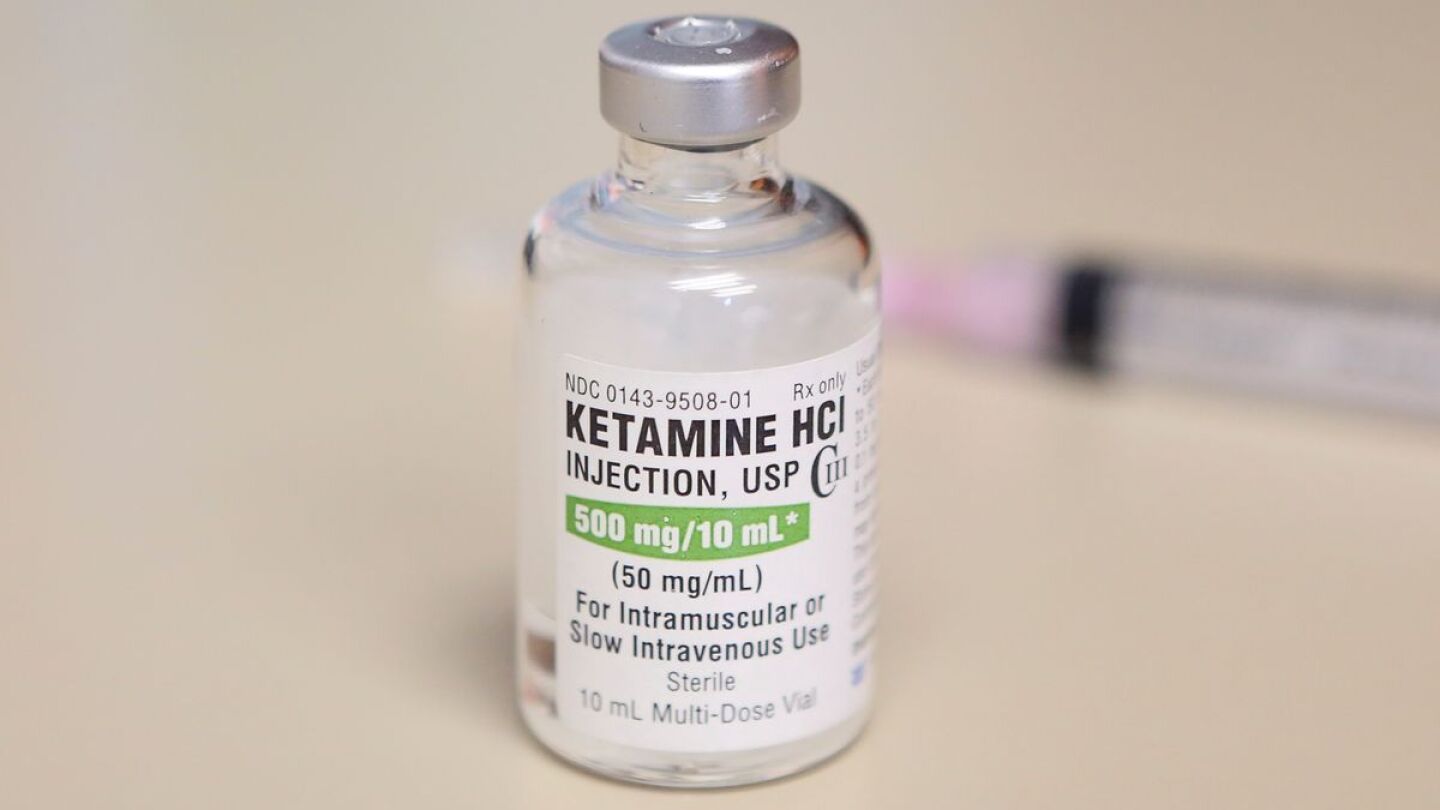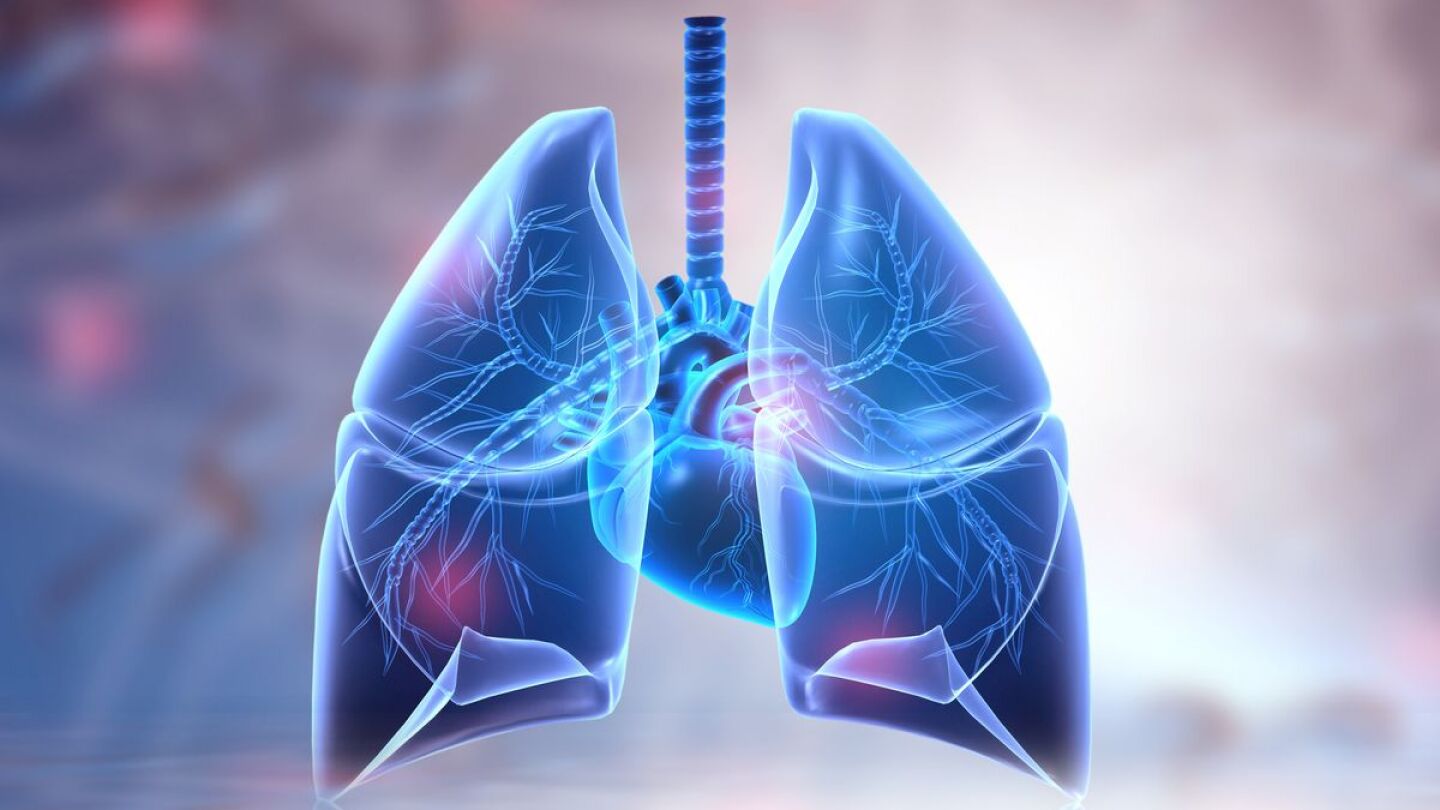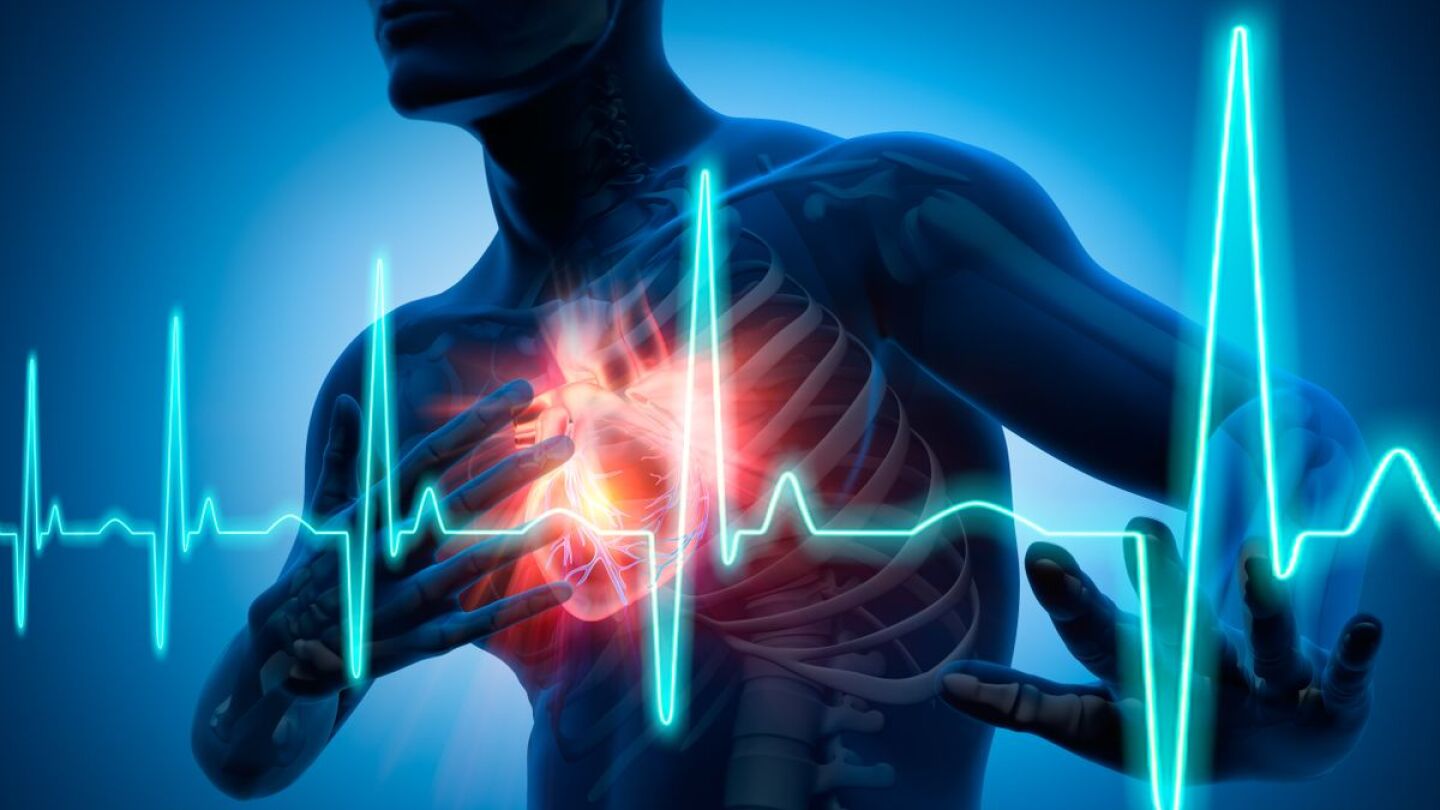Capnography
Capnography and the interpretation of numeric and waveform data is a mainstay for EMTs and paramedics in prehospital patient assessment and monitoring. The capnography topic focuses on the critical role of capnography, product development, research and EMS training.
Why quality improvement concepts should be integrated into EMS education
Conquer stressful calls, identify treatment challenges and pitfalls, and use technology to its best potential to save lives this summer and beyond
Five options for exchanging the SGA for an endotracheal tube
Protect patients from over-ventilation and pulmonary injury with a bag-valve-mask that helps regulate rate and volume
Communicating with law enforcement and following these clinical guidelines will help to keep patient safety first and foremost
The negative association between number of airway attempts and neuro-intact survival following OHCA
Preparing for the most stressful call you can receive: pediatric cardiorespiratory arrest
Examining the evidence for managing intubation attempts, PEA and ETCO2 for out of hospital cardiac arrest
Establishing a definitive airway and administering blood products
How young patients’ unique anatomy and physiology impact trauma assessment and management
It’s not all about breathing rates: hypercapnia risk factors and complications
The position statements summarize recommendations for training, quality management, pediatric considerations and more
Drs. Antevy, Piehl, Spiro, Scheppke, Bernstein and Kupas discuss ketamine and other sedatives, and how to minimize risk when administering
Learn about the types of burns, how to calculate BSA and how to treat burns and airway compromise
Kelly Grayson shares how the digital amplification option from Eko stands up to rig noise and abuse
Four distinct events must occur in order for an anaphylactic reaction to manifest
Vodcast: Drs. Peter Antevy, Mark Piehl and David Spiro discuss multi-system inflammatory syndrome in children and the newest PALS guidelines
An AEMT recalls a response to what appeared to be a stroke, which turned into a chest pain scenario
Flail chest, tension pneumothorax, cardiac tamponade and pulmonary contusion have unique presentations, but all jeopardize vital functions
5 ways to protect the patient during mechanical ventilation
The NAEMSP Discussion Forum debates EMT training, capnography considerations
Without real-time feedback to confirm ventilation rate and volume, a piece of the map is missing
A PCR can take 10 times longer than the call, but this webinar can help EMS agencies cut that time and provide complete call information
Test your knowledge on hyperventilation, hypoventilation and reactive airway disease capnography waveforms
With turnover among EMS hovering at 25% per year and costing more than $7700 per paramedic, data-driven strategies can help you improve employee retention.
Airway management guru Kelly Grayson on when and how to escalate to a more invasive and secure airway, and when to elevate care
We are limited on the amount of objective information available during prehospital care; don’t ignore this vital piece of the puzzle
AHA CPR Guidelines 2020 continue to emphasize early recognition of cardiac arrest and prompt CPR beginning with chest compressions provides the best chances for survival
Learn how advanced cardiac resuscitation techniques lead to increased survival in OOH cardiac arrest
Deprioritizing epinephrine in the order of interventions
UCSF-Fresno emergency medicine physicians highlight the most important aspects of treating submersion injuries
Though their chief complaint of shortness of breath is the same, these patients develop dyspnea by different means
Using the stretcher as a tool in heads-up CPR


































